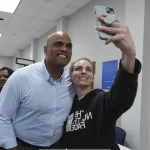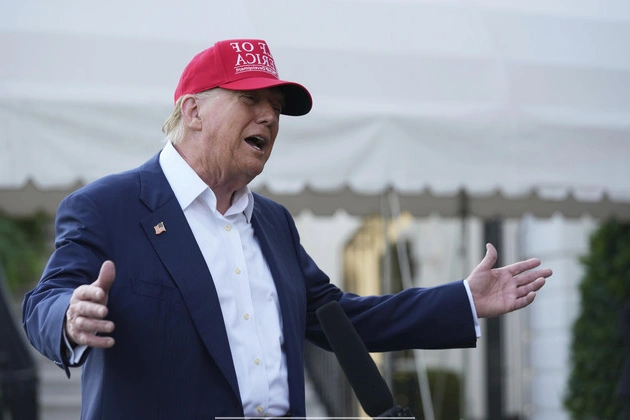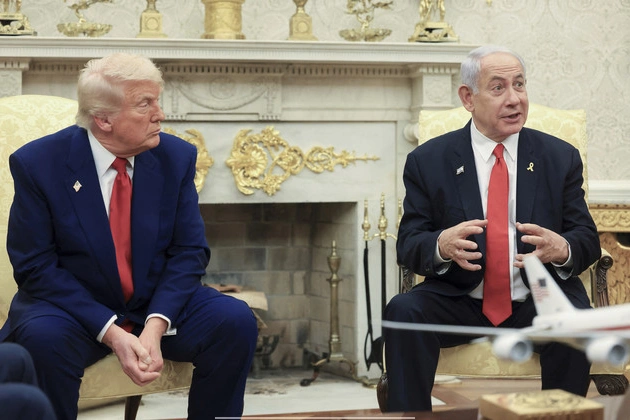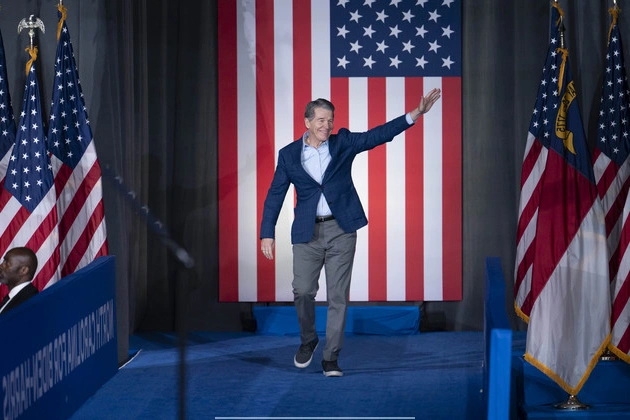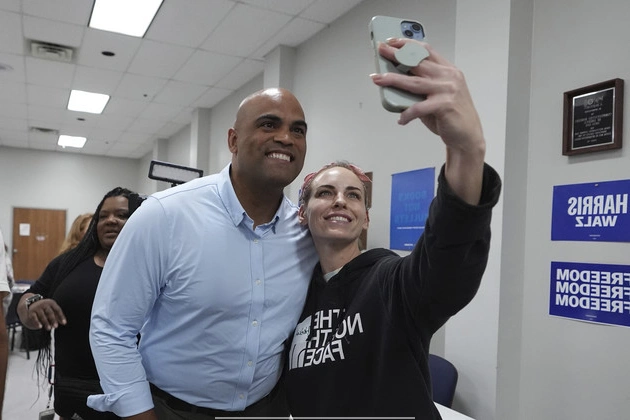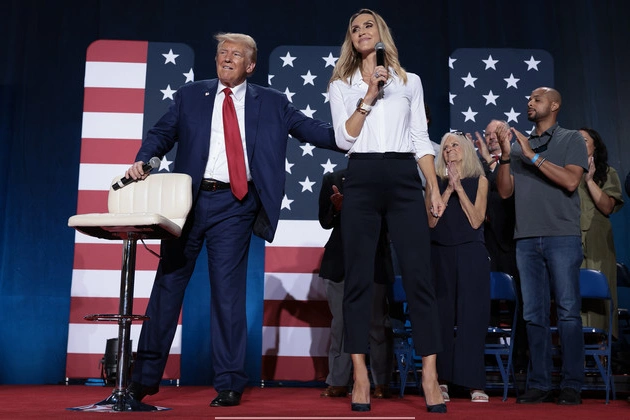
Republicans are encountering obstacles as the Senate map presents new challenges in the run-up to the 2026 midterm elections. The decision of Brian Kemp not to run for Senate in Georgia signifies a shift that reflects the uncertainty surrounding the GOP’s standing across the Senate landscape compared to recent months.
Mounting Challenges
The situation may escalate further due to the repercussions of President Donald Trump’s tariffs, which are triggering turbulence in global markets ahead of the upcoming midterms. This economic ambiguity adds another layer of complexity to the GOP’s electoral forecast.
Recruitment Setbacks
Despite the prevailing expectation that Republicans will retain control of the Senate, recent events such as Kemp and former New Hampshire Gov. Chris Sununu declining GOP recruitment overtures, along with the emergence of conservative contenders like Texas Attorney General Ken Paxton challenging incumbent Sen. John Cornyn, have necessitated a reevaluation of the electoral landscape.
Key GOP strategists had hoped for Kemp and Sununu to enter the race, viewing them as potential strong contenders. However, the party had not pinned its hopes on their participation, considering them as longshot prospects despite extensive recruitment endeavors.
Turbulent Cycles
Forecasts indicate a more tumultuous political cycle than previously anticipated, with additional complications arising in states like Louisiana and North Carolina, where influential figures aligned with the MAGA movement are contemplating primary challenges against established incumbents.
Senator Ron Johnson (R-Wis.) acknowledged the inherent challenges of midterm elections for the ruling party, expressing a degree of concern over the upcoming electoral landscape.
Strategic Maneuvers
In response to the evolving political dynamics, GOP campaign officials are orchestrating strategic moves to ensure the nomination of preferred candidates, such as Sen. Cornyn in Texas. Efforts are underway to solidify Cornyn’s position, including enlisting the support of former Trump pollster Tony Fabrizio to enhance his appeal to the MAGA base.
The GOP’s maneuvering also extends to potential roadblocks, as seen in the efforts to dissuade Paxton from challenging Cornyn directly. However, the outcome remains uncertain, with discussions ongoing regarding Trump’s potential involvement in the matter.
Unforeseen Contests
The Republican Party may encounter unexpected primary contests in states like Michigan, where Rep. Bill Huizenga is contemplating a Senate bid alongside former Rep. Mike Rogers. These developments underscore the fluidity of the political landscape as the 2026 elections draw closer.
Despite the setback of Kemp’s decision, Republicans are optimistic about the emergence of a diverse field of candidates from both legislative and executive backgrounds in Georgia, signaling a resilient approach to the evolving political scenario.
Democratic Prospects
Democrats are closely monitoring the GOP’s recruitment challenges, viewing them as indicative of the reluctance among strong candidates to navigate the political fallout from Trump’s policies, particularly concerning the economic ramifications of his trade decisions.
The Democratic Senatorial Campaign Committee anticipates that GOP candidates will face scrutiny over Trump’s policy agenda in the upcoming elections, leveraging the party’s stance on key issues to gain electoral traction despite facing a challenging electoral map.
Retaining Senate Control
While Democrats aspire to make gains in the Senate, the reality of limited pickup opportunities and a series of retirements within the party pose significant hurdles to a Senate majority shift. The GOP remains focused on securing existing seats and exploring potential wins in battleground states like Georgia, Michigan, and New Hampshire.
The NRSC emphasizes the importance of defending red strongholds and seizing opportunities in competitive states to uphold Republican interests in the Senate. In Georgia, where Trump secured victory in the previous election, Republicans express confidence in defeating incumbent Democrat Jon Ossoff in 2026.
Assessing Recruitment Misfires
Former NRSC chair Rick Scott attributes the recruitment challenges to the inherent complexities of transitioning from executive roles to legislative responsibilities in Washington. The demanding nature of the legislative process underscores the strategic deliberations that candidates undertake when considering Senate bids.
Republican senators maintain that the electoral landscape favors their party despite the setbacks in recruitment, highlighting the comparative advantages they perceive over Democrats in the upcoming elections.
Economic Impact on Elections
The GOP’s electoral strategy hinges significantly on economic indicators, particularly in light of the uncertainty surrounding Trump’s trade policies. Senators and strategists are closely monitoring economic performance, with the outcome expected to influence the electoral narrative leading up to the 2026 elections.
Political analysts suggest that economic conditions will play a pivotal role in shaping voter perceptions and party outcomes, underscoring the interconnectedness of economic well-being and political preferences in electoral decision-making.
Conclusion
As the political landscape evolves and electoral dynamics shift, both Republicans and Democrats are navigating a complex terrain fraught with challenges and opportunities. The 2026 midterm elections are poised to be a critical juncture that will test the resilience and strategic acumen of political parties as they vie for control of the Senate.
Stay informed on the latest developments and insights into the evolving political landscape as the electoral cycle unfolds.




